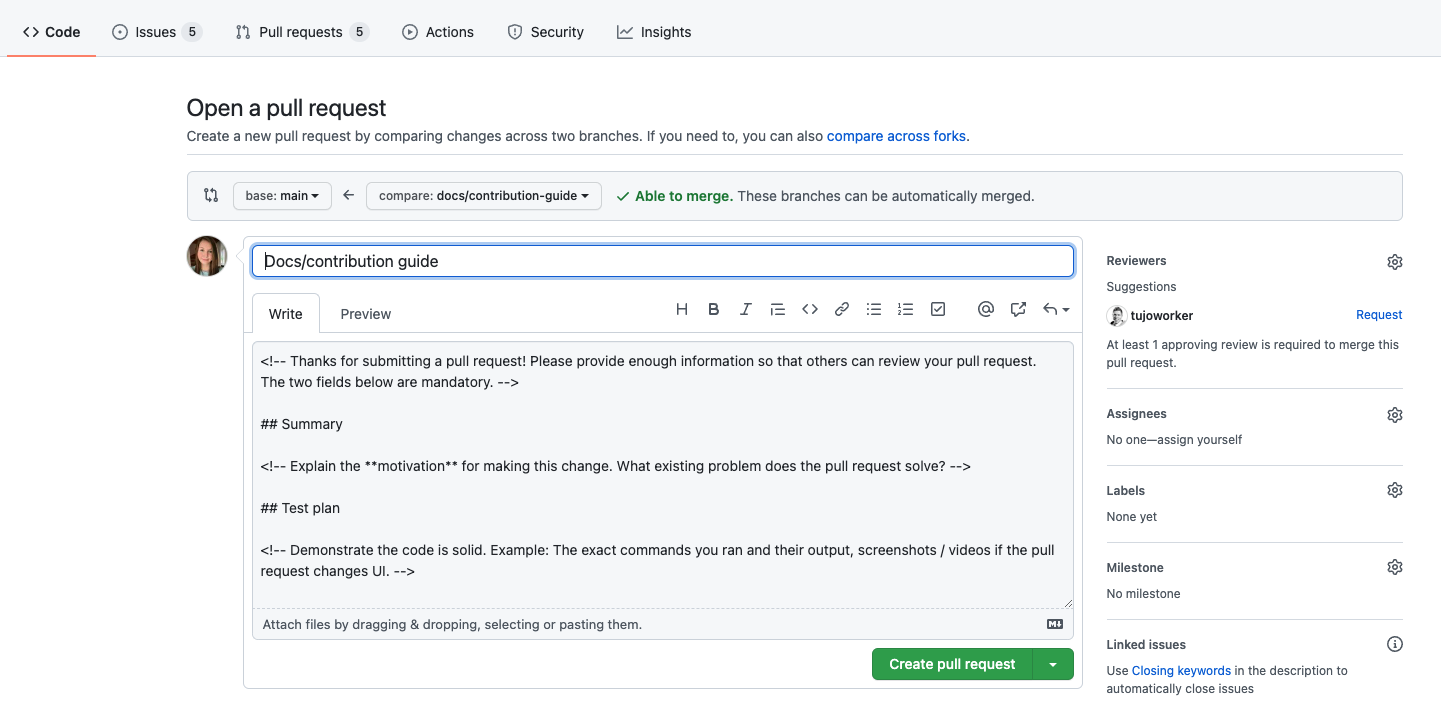Git convention
Make sure you follow Semantic Versioning
Version numbers are handled automatically by using semantic-release.
Commit Messages
Make sure to decorate your commit messages with either Conventional Commits or simple-commit-message:
fix: an example fix messageas the subjectfeat: this is a new featureas the subjecte.g. feat: message+BREAKING CHANGE:in the footer of the commit. See example below.
If you are working on a single component update, you can use a decoration and a scope in parenthesis:
fix(ExampleComponent): an example fix messagefeat(ExampleComponent): this is a new feature
You can also use the following decorators – but keep in mind, they won't be included in the releases change log:
chore:docs:style:build:ci:refactor:perf:test:
Example of a breaking change commit message:
feat: commit subject with optional decoratorBody with textSeveral linesBREAKING CHANGE:Subject (will be a list item):Markdown text over several lines.Additional text such as:1. List item2. List item
You can find more info in the docs of semantic-release and Conventional Commits.
Ignore CI run
You can either include [skip ci] in your commit message or let your branch name end with --skip-ci.
Rebasing
Squash commits
If you have to make a small fix after you committed:
- Make and commit the new change
- Squash and rebase with the previous commit
- Force push to your branch
Rebase onto main
If you are working on a branch for a long period, it might be necessary to do a rebase on main once in a while:
git fetch origin && git rebase origin/main
Pull Requests
When you have committed changes to your branch, go to Github Pull Requests and open a New pull request.

You will most likely get the yellow notification bar mentioning that a branch had a recent push. Click on the Compare and pull request button. This will take you to the page for opening a pull request. Fill out the template under the Write tab.

Request a reviewer, create the pull request and watch the results of the pipeline checks.